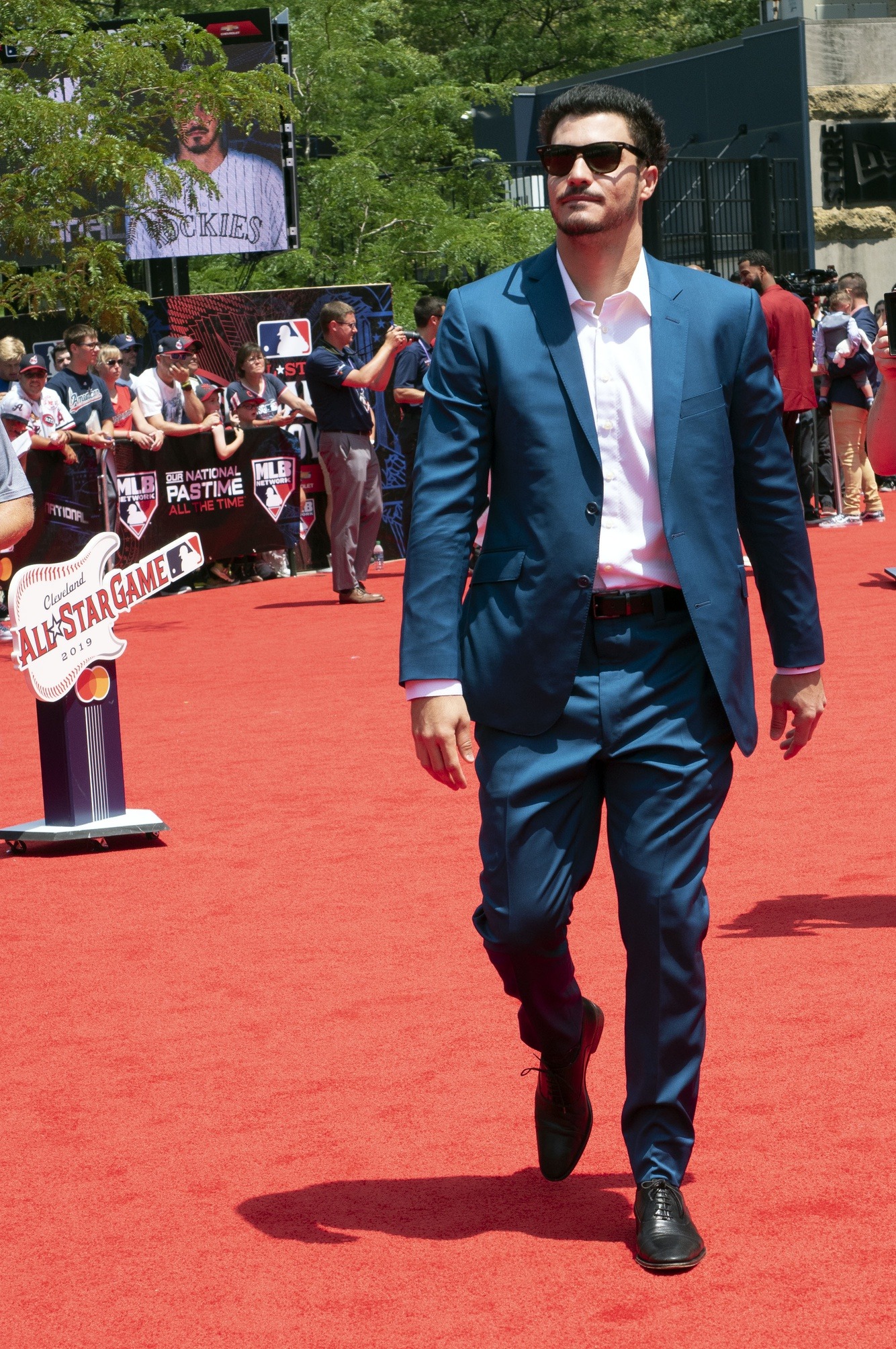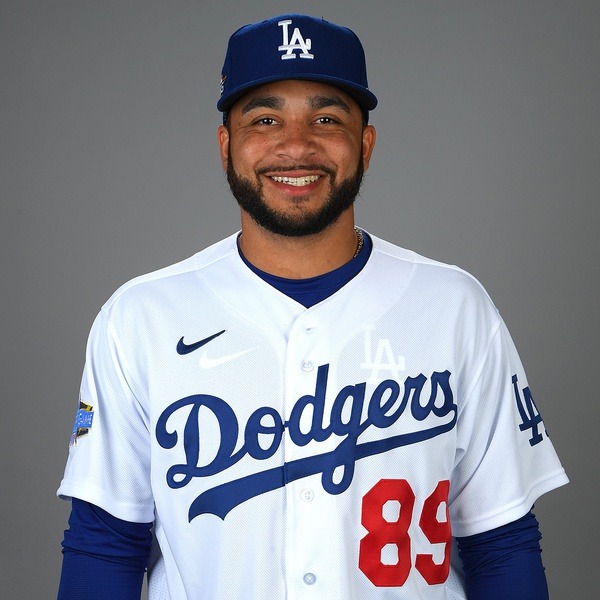© 2025 ALLCITY Network Inc.
All rights reserved.

Since the end of the shortened 2020 season, it seems a lot has gone wrong for the Colorado Rockies.
Following baseball’s best record (11-3) on August 8, the team crashed and burned to a second consecutive fourth-place finish in the National League West only to see their rival and bully Los Angeles Dodgers win the World Series.
From there, things have not gotten better and many supporters of the club are concerned about the future of the team, especially after the events of the past few weeks.
MiLB: Constant sees a change
Plans for the future of Minor League Baseball took shape this week when invitations to 120 affiliates went out for all 30 Major League teams. With short-season leagues having been expunged, each club will have four affiliates in each of Triple-A, Double-A, High-A and Low-A, in addition to a complex team and one in the Dominican Summer League.
The change means 43 cities across the United States, including three of Colorado’s affiliates – Lancaster JetHawks, Boise Hawks and Grand Junction Rockies – and fellow in-state team Rocky Mountain Vibes, will be left without its typical ties to MLB.
Through less travel, better ballpark facilities, and higher wages to create a better overall experience for young players as the ultimate goal, a shuffling of affiliates became one of the best ways to accommodate this need.
In one fell swoop, the Rockies opted to create a union with Spokane of the newly promoted High-A Northwest League and leave both Boise and its longest-standing affiliate, the Asheville Tourists. Since originally fielding a club in Low-A in 1994, McCormick Field has been the first full-season destination for purple prospects and now, like so many things around the minors, it is changing.
The other new affiliate is marked for Fresno, CA. The former Triple-A affiliate will be dropping to the lowest rung on Minor League’s ladder as part of the demoted Low-A California League.
Still in place for Colorado are two of the most synonymous teams with the organization, the Albuquerque Isotopes and Hartford Yard Goats.

With available Double-A teams in the region such as Wichita, KS and Amarillo, TX, the Rockies could have expanded their empire much like it did when it moved out of Colorado Springs in favor of New Mexico in 2015 for their Triple-A affiliate and when the Monfort Investment Group purchased the Casper Ghosts in 2011 and transferred the organization to Grand Junction the next season.
The Yard Goats are one of the best MiLB organizations and have been a great affiliate for Colorado since 2016 (and even better since the completion of Dunkin’ Donuts Park in 2017). However, if the whole point of causing so much chaos was to reduce travel for players and team representatives, it seems like an opportunity was missed.
Arenado Rumors: Best taken with a grain of salt
Major League Baseball lost a reported $3.1 million during 2020. And in a letter to season ticket holders, owner Dick Monfort addressed the financial strain by stating, “there will be nothing normal about this offseason as the industry faces a new economic reality, and each club will have to adjust.”
Colorado has already taken some cost-cutting measures to free up approximately $6 million by non-tendering three players from the 2020 team. It could go a long way in balancing the checkbook to trade its most expensive player if things continue on this trajectory.
Much speculation has been made about Arenado’s unhappiness with the Rockies for not putting together a contender the past two seasons, and the overall potential for this downward trend to continue only grows with Trevor Story and Jon Gray on the verge of departing in free agency next winter.
An opt out following the upcoming season puts the four-time reigning Platinum Glove Award winner in a precarious position. If Arenado walks away from the only organization he has known, he will also be declining a guaranteed $164 million – not including performance bonuses – over the next six years.

However, with nearly $100 million having already been pocketed from his player contracts in his career, does Arenado need every red cent? This offseason could be rather telling if teams are still willing to park the Brinks truck for top stars like Trevor Bauer, J.T. Realmuto and DJ LeMahieu. If not, Arenado could leave Colorado for less guaranteed money, but a better chance at winning a World Series.
In order to get in front of this situation, Colorado can trade its star third baseman and receive a few players for which rebuilding becomes a lot easier. And for similar money, both Story and Gray could be extended for several years.
Perhaps the most challenging idea about dealing away a future Hall of Famer is that the best fit for a deal, the team that may want Arenado more than any other, is the organization that has stood in the way of a National League West pennant more times than any other division rival – those darn Dodgers.
Yet, depending on a lot of factors, a year can make a mighty difference. Perhaps this is what the Rockies hope. Maybe nothing will happen, the team will get better and relationships between the clubhouse and front office will be repaired.
Until then, your favorite player is on the trading block.
Team Finances: Probably pinching pennies
It’s been frequently cited that the average MLB club lost over $100 million due to zero crowds. Should a potential delay to Spring Training be on the horizon followed by another season with less than 162 games, teams will continue to be cautious with player acquisitions.
Several industries around the globe are reporting 2024 as the first year spending will rebound to pre-pandemic levels. If this is true for MLB, the amount of three and four-year deals given to free agents will be down, even among some of the best free agents.
At the non-tender deadline, Colorado made the decision to save approximately $6 million by letting go of OF David Dahl, C Tony Wolters and RHP Chi Chi González. While González re-signed on a minor league deal to return and Wolters became expendable with the emergence of Elias Diaz, discarding Dahl seemed an unusual choice.
While the 26-year-old outfielder has had his share of injuries and lost time on the field, the 2012 1st Round Pick was an All-Star in 2019 and was under club control for another three seasons. By saving about $2.5 million, the Rockies are losing a lot more.
In addition, Dahl’s contract with the Texas Rangers for reportedly around $3 million is more than he would have received from Colorado, illuminating his potential and a value that cannot be recouped by the organization. To many industry insiders, it seems wild that the Rockies couldn’t get back a single asset in return for a player with three years of remaining club control that was selected to the Mid-Summer Classic as one of the best players in the game a little more than a year ago.
Purple Potpourri: Much ado about nothing?
On the subject of extracting value when given the opportunity, the Rockies made a selection in the Rule 5 Draft on Thursday, taking RHP Jordan Sheffield from the Dodgers organization.

The 25-year-old was the 36th overall player taken in the 1st Round of the 2016 MLB Draft. The older brother of Mariners’ RHP Justus Sheffield most recently played at Double-A Tulsa in 2019. While Sheffield did not participate in L.A.’s alternate training site, he was a part of their Spring Training at Camelback Ranch.
In order for Colorado to get its money’s worth ($100,000), Sheffield will need to be on the active roster for 90 days or else be offered back to the Dodgers for $50,000. With Colorado having already picked up a few relievers this offseason, Sheffield is another noodle in a spaghetti test to see what sticks to the bullpen wall after having already bolstered the relieving corps with four other candidates: RHP Dereck Rodríguez, LHP Brian Gonzalez, RHP Robert Stephenson, and LHP Yoan Aybar.
On the flip side of things, OF Vince Fernandez was selected in the Minor League phase of the draft by San Francisco. The 25-year-old left-handed hitter was a top 30 prospect for Colorado and played well in Hartford during the 2019 season before a 50-game suspension for use of amphetamines.
Colorado was one of five teams to not select a player during this portion of the draft. With minimal outfield depth in the upper levels of the system, combined with a fee of only $24,000 to draft a player, it was surprising Colorado did not take advantage of the flooded player pool.
One potential factor for this could have been the recently depleted analytics department. According to The Athletic’s Nick Groke, four members of the Rockies’ six-person analytics team have recently stepped away from the organization, seemingly making one of the smaller research and development staffs the absolute smallest in MLB.
It may not come as a surprise that the relationship between the analytics department and the team’s winning percentage is a strong one in the modern age. Similar correlation exists with pitcher success and fastballs high in the zone, all of which point to Colorado still being behind in this critical area.
At the end of season media availability in 2019, GM Jeff Bridich admitted the club had less experience than others, “Maybe three-four-five-six years less than some teams,” while manager Bud Black acknowledged some teams had built big departments 10-12 years ago.
“We were going to start building this five years ago,” Bridich said just hours before the first NL Wild Card his club hadn’t participated in since 2016. “We needed input. We needed the expertise and experience of our coaches to help us understand how to best service the information needs of our staff and our players. So, that collaborative process doesn’t just happen overnight. It takes time.”
Now it appears it will take even more time for the Rockies to get caught up with the rest of the ever-changing game.
Conclusion
So what does this all mean? Anything? Everything?
Baseball is in a state of flux like it hasn’t seen in some time. The upcoming expiration of the collective bargaining agreement between MLB and the Players’ Association is one that could make this all seem like child’s play in a year from now, especially if the result of those negotiations is a work stoppage of any kind.
As for the Colorado Rockies, they too sit at a crossroads.
If they continue down the path it appears they’ve been headed, the next few seasons could very well be similar to 23 of the previous 28 seasons. Should they opt to change course by rebuilding, removing the general manager and/or some coaching staff, there’s still no guarantee the effects will positively impact the on-field product.
Either way, the year of 2020 continues to frustrate.
Comments
Share your thoughts
Join the conversation



